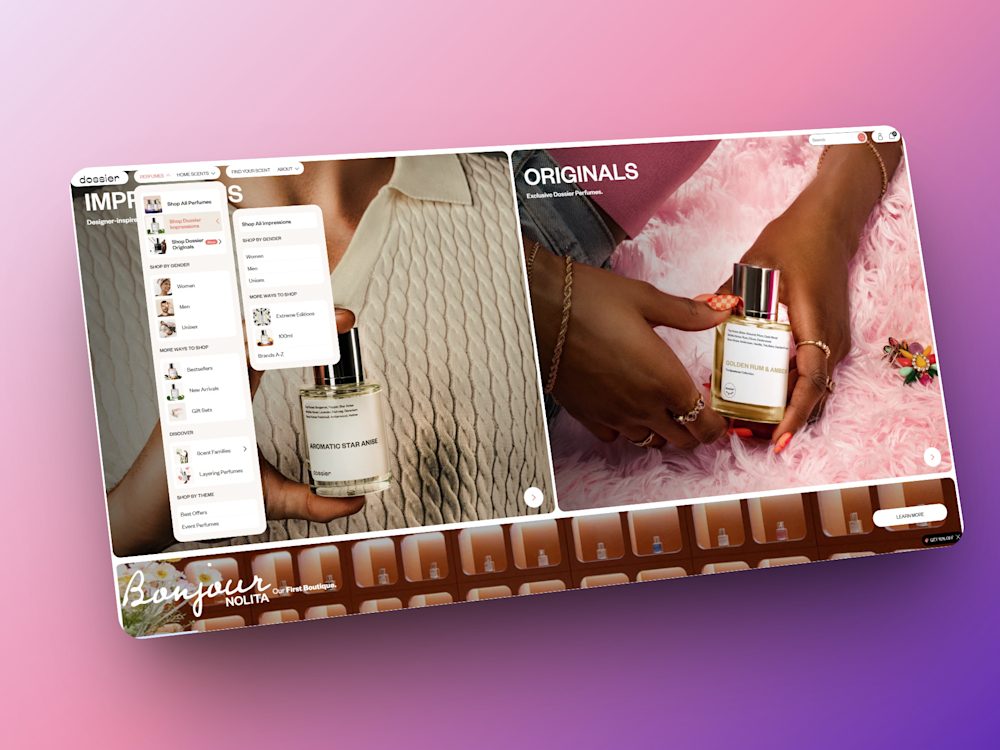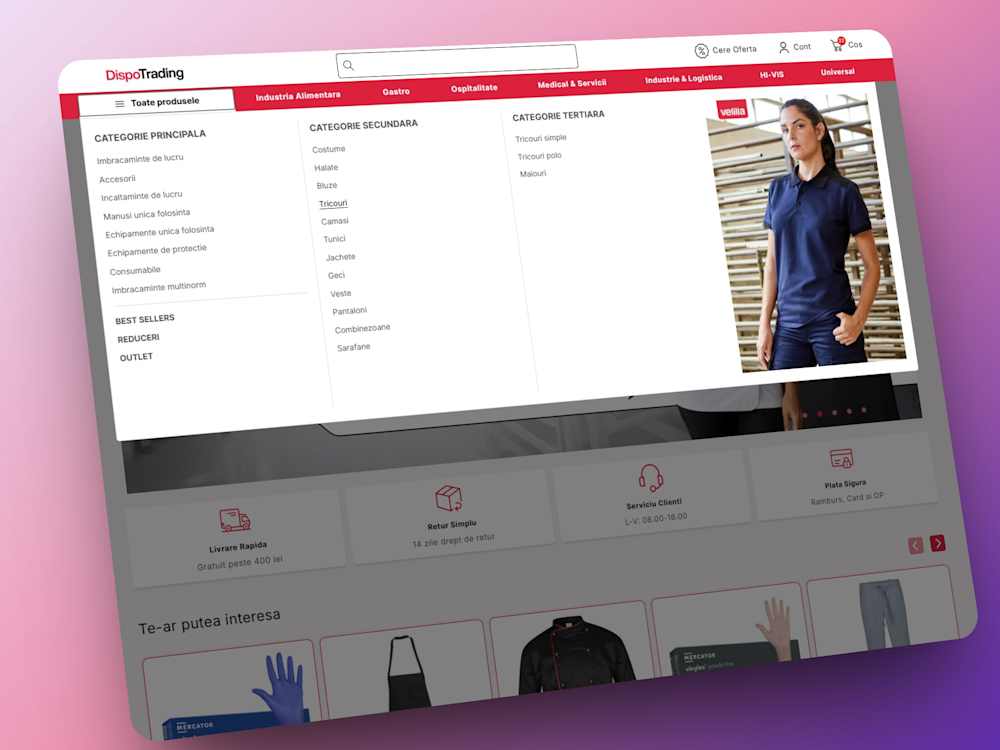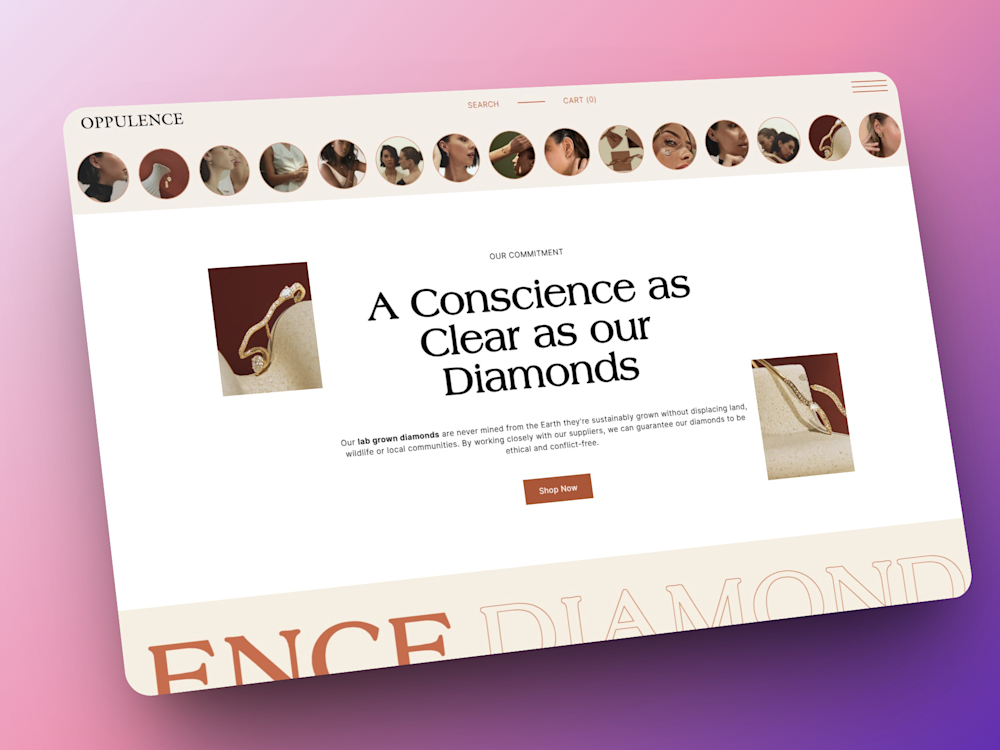Last week we had a project kick-off meeting with the amazing team at French Revolution and High Contrast, the design agency. We're migrating www.frenchrevolution.com from WordPress to Shopify.
One of the topics we covered is the front-end setup. An important decision that will shape all the processes and future implementations for anyone working on this project, now or in the future.
Before starting the project, we run a discovery process, and we get to understand the founder(s), the business and its products/services and operations, and the technical complexities.
We gather all information, we brainstorm what's important for everyone involved, and then suggest one of these 3 approaches for the Shopify Front End:
Headless Hydrogen
Build from Dawn
Extend an official theme
Let me break down "the when, the why and the how" behind these 3 directions.
Headless Hydrogen
When
When performance and loading speed are mission-critical.
When the brand experience requires custom, interactive, or unique front-end features that go beyond what themes can do.
When the business plans to scale across multiple channels: web, mobile, in-store, or even IoT.
Why
Hydrogen is Shopify’s official React-based framework for headless storefronts, offering total design freedom and the ability to build unique customer journeys.
It leverages server-side rendering and edge computing, resulting in fast, dynamic experiences.
Best suited for teams with React/JavaScript expertise and a need for future-proof, scalable architecture.
How
Hydrogen projects are built using React and deployed on Shopify’s Oxygen hosting or other platforms.
Developers use Shopify’s Storefront API to fetch data, and can integrate with any third-party services or custom backend logic.
The workflow is similar to building a modern web app, with full control over every UI and UX detail.
Example
Built by Vevol Media, Dossier's new website ranks amongst the best in the industry. It was a real roller-coaster journey building it but stands as proof of Shopify Hydrogen's power and our team's capabilities.

Build from Dawn
Disclaimer: You could replace "Dawn" with "Horizon", Shopify's newest free theme which might replace Dawn as the "default".
When
When you want a balance between customisation and speed of development.
When the store needs a unique look, but not a fully bespoke, from-scratch headless build.
When the team has some budget or development resources and is happy to build new features on a flexible base
Why
Dawn is Shopify’s reference theme, built on Online Store 2.0, emphasizing speed, accessibility, and modern best practices.
It’s free, open-source, and regularly updated by Shopify.
Building from Dawn gives you a clean foundation to create a custom design while leveraging Shopify’s theme ar
chitecture and app ecosystem.
How
Developers start with the Dawn theme and customise it via code: create new sections and templates to match the design and vision
The store benefits from Shopify’s theme editor, metafields, and app compatibility.
This approach allows for deep customisation without reinventing the wheel.
Example
Although an "inherited" project, Dispotrading.ro is built on top of Dawn with extra functionalities and design. The base allows us to work without adding much technical debt which is a massive win for both us and the client.

Extend an Official Theme
When
When you need to launch quickly and efficiently, with limited development resources.
When the business requirements fit within the capabilities of existing themes.
When budget or timeline constraints are a top priority.
Why
The Shopify Theme Store offers a wide range of official and vetted themes, many tailored to specific industries.
Extending a theme means starting with a robust, feature-rich base and making targeted customizations, often without heavy coding.
This approach is ideal for businesses that want a professional look and feel, fast.
How
Choose a theme from the Shopify Theme Store that aligns closely with your brand and functional needs.
Use the theme editor and built-in settings to customise colours, typography, layouts, and features.
For more advanced tweaks, developers can modify theme files or add custom code, but the core structure remains intact.
Example
Our team has built Noblesse, an official Shopify theme. It is used by brands worldwide to showcase their product in a modern, yet minimal design, focused on video and imagery.

The Cons
Right, now that we know which options are there and the reasoning behind choosing one, let me touch briefly on the downsides of the 3. Yes, being aware of the "hidden costs" is part of our research and the reality of doing business.
Headless Hydrogen
Requires significant React/JavaScript expertise, which may not be available in every team.
Higher initial development and ongoing maintenance costs compared to theme-based approaches.
Not all Shopify apps integrate seamlessly with headless setups, potentially limiting functionality or requiring custom integrations.
Maintenance and updates are more complex, as you’re responsible for more of the tech stack.
Build from Dawn
Deep customization still requires coding knowledge, especially for unique layouts or features.
The out-of-the-box design is fairly generic, so extra effort is needed to achieve a distinctive brand identity.
May lack some advanced features or design flourishes found in premium, third-party themes.
Extend an Official Theme
Limited uniqueness, since other stores may use the same theme—making it harder to stand out.
Some customizations may be restricted by the theme’s structure or settings, requiring workarounds or compromises.
Potential for feature bloat or technical debt, as themes often include options and scripts you might not need, which can impact performance.
On a very personal note, the technical debt topic haunts me to this day and that's why Noblesse was built with this aspect in mind. I'll probably write on this topic later but just that a lot of time and effort was put to make the code behind our theme as modular, flexible and scalable as possible so other devs working on top of it won't blame the day they chose it.
Each direction comes with its own trade-offs. The right choice depends on your business goals, technical resources, and appetite for customisation versus speed and simplicity. That's why the discovery process is non-negotiable in our project operations.
Ultimately, our goal is to empower all our clients and their teams with a Shopify Store that's not only beautiful and high-performing but also sustainable and adaptable for the future. With the right foundation, we're setting the stage for a business to grow, innovate and create a better experience for their customers.
